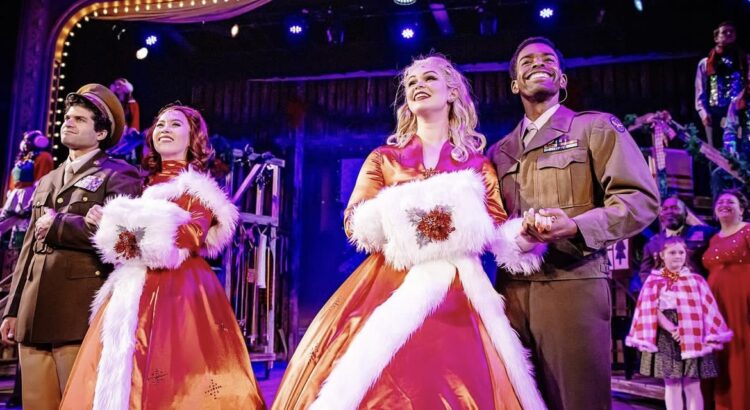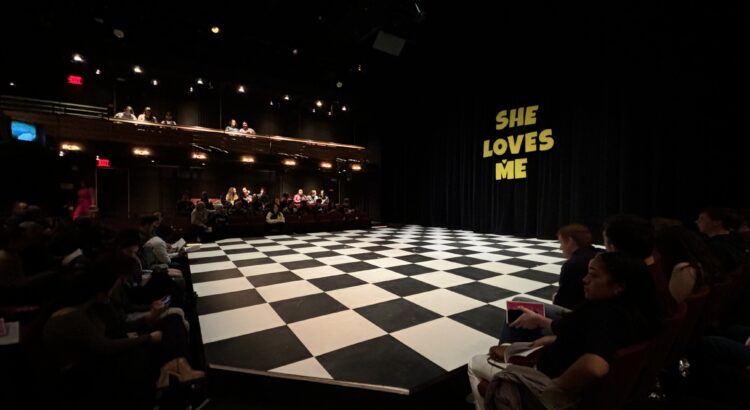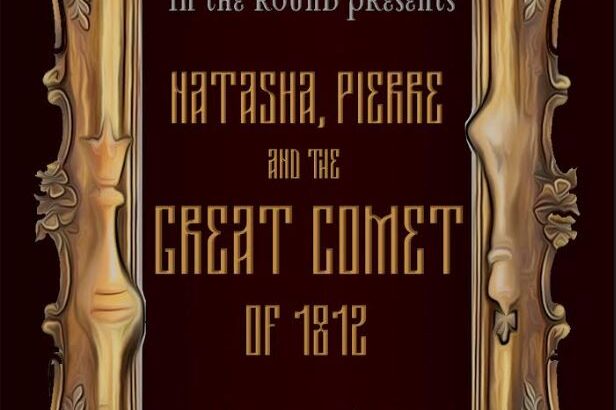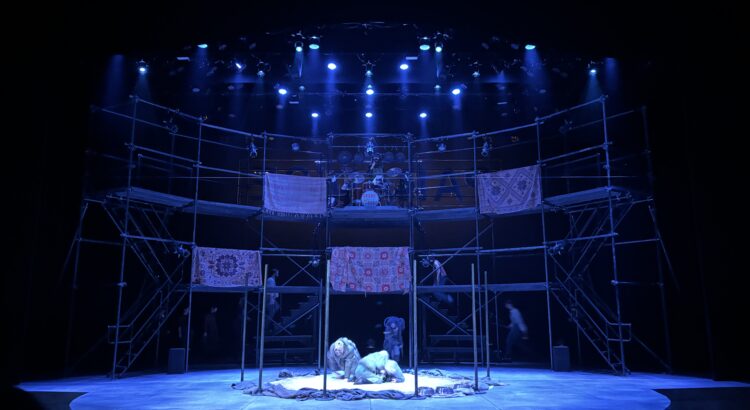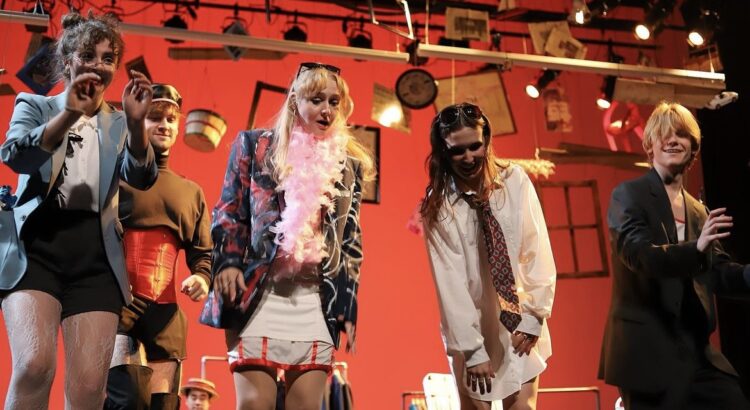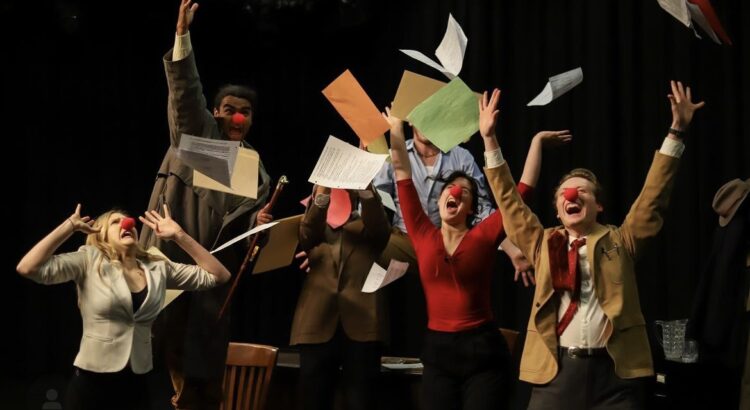The Encore Theater in Dexter, MI is one of the premier professional musical theater companies in the Southeast Michigan area. Their 2023 season ended with Irving Berlin’s classic holiday musical, White Christmas. The show had a three-week run beginning November 30th and wrapped up shows the weekend of Dec 17th. The Encore Theater brings in regional actors to perform in a selection of musicals. University of Michigan SMTD alums were featured across the cast including Allison Bell (Judy), Michael de Souza (Bob), Marlene Inman (Martha), and Jack Randal (Ensemble). These performers beautifully represented the standard at which SMTD is held. It’s inspiring to see brilliant performers from the University working in our community!
The musical version of White Christmas holds onto many classic aspects of the 1954 Paramount Pictures film. This performance had a firm grasp on the tradition of the story. I admired the cast’s dedication to the midcentury holiday feel. The experience felt like a vintage film set in 4K color right in front of my eyes.
The direction often felt a bit pedestrian. Some characters held different levels of emotional grounding, and sometimes romantic choices between the two pairs were uninspired. Performances ran over three weeks with many shows, and after so many performances dialogue can often get stuck. Perhaps an earlier performance offered a more believable approach to intimacy.
Although, a standout performance was given by Kailyn Leilani (Betty). Her dedicated choices with an overpowering voice left me anxious for her next entrance. The audience adored her 11 o’clock number “Love, You Didn’t Do Right By Me”, a moment filled with anticipation and passion. I hope to see her again at The Encore Theater, thoroughly inspired musically.
The Encore houses a thrust stage with lots of audience seating: over 20 rows of seats on the floor and a decently sized balcony. This is a great theatrical space with most of the seats offering an an acceptable view. For many character entrances, the cast would promenade right past my seat on house left, which is a fun enhancement to the theatrical experience. From a seat on the left side of the thrust, there were certain staging pictures that I missed due to the centered staging. At times I wished some interactions were set on a diagonal to allow for enhanced viewing, but with the majority of their seating in the center/balcony, the choice remains necessary. An exception to this was the choreography behind the dance numbers. Each routine was buzzing with energy and charisma. I was entranced by the articulate attention to detail of each routine! The director, Anna Dreslinski was also the choreographer, and this may have been the reason for a bit of a lopsided performance with thrilling, eye-catching dance numbers and some rather bland staging.
This show dazzled with sweeping dance routines and personal artistry with a warm and familiar holiday feeling. The Encore Theater maintains an intensely high level of theater in the greater Southeast Michigan area. I am anxious to see performances in The Encore’s 2024 season, including Into the Woods, I’m Not Rappaport and Oklahoma. Tickets are available on their website theencoretheater.org.
Image thanks to @theencoretheater on Instagram.

